Yes, you need a roll of duct tape for camping. Here’s why
Seven uses for duct tape for camping that will convince you never to set foot in the wild without it again
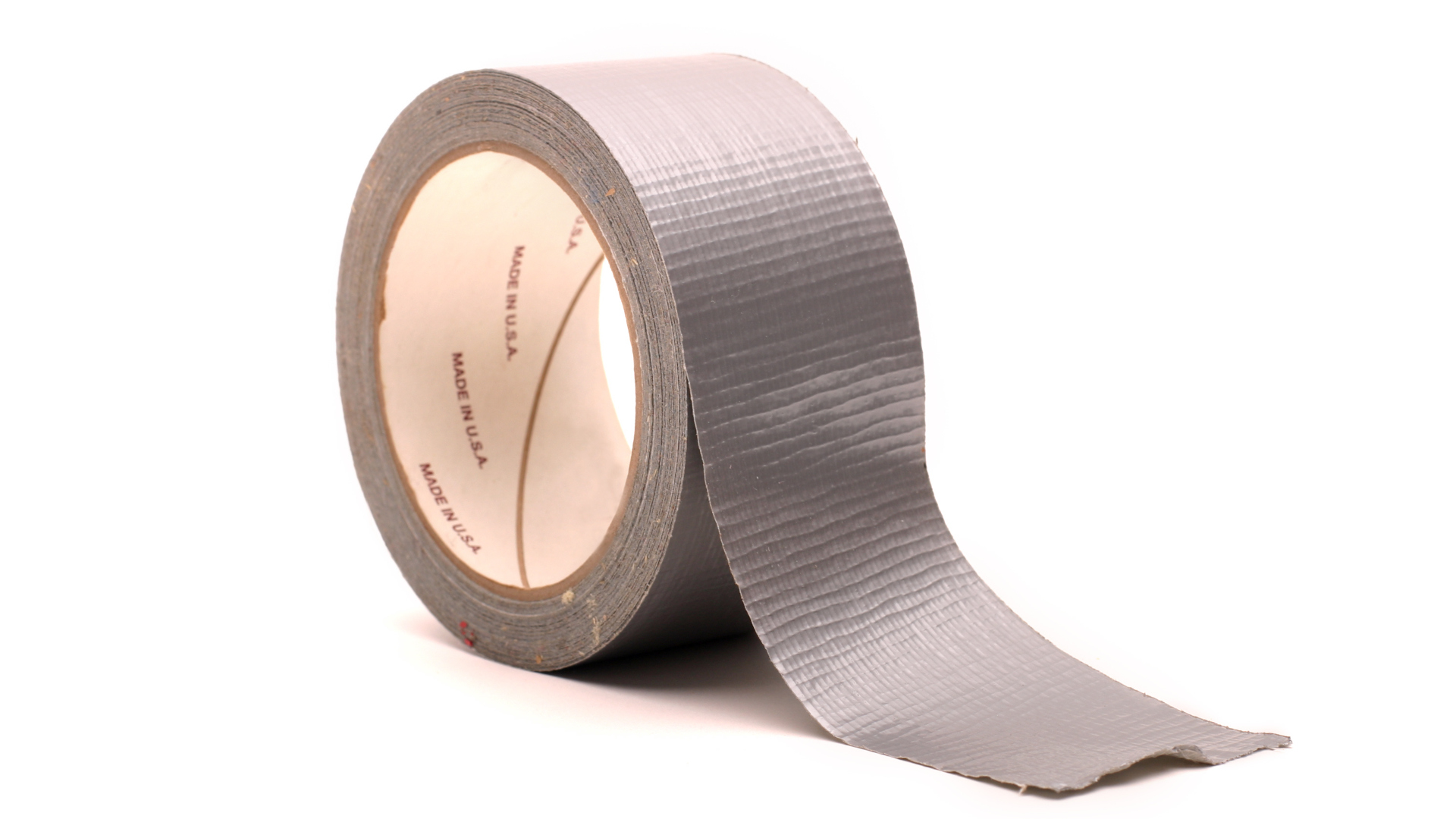
For campers heading out into the wild for a few nights, there’s nothing quite like arming yourself with a multitool and a well-sharpened camping knife to make you feel like you can deal with any scenario that arises. Splinter in your thumb? Use the tweezers in your multitool to remove it. Need some kindling to build a campfire but you can only find large logs and branches? No problem! Grab your knife and start whittling.
But what do you do when your sleeping pad springs a leak or there’s a cold draft coming in through your old tent door at night? You could probably use the corkscrew on your multitool to open yourself a nice bottle of coping mechanism, but what you really need in those situations is a roll of duct tape. It’s not fancy or high tech, but this long-lasting adhesive cloth tape gets a lot of emergency jobs done when you’re out in the wild, and chances are you already have some rolling around in the back of your car.
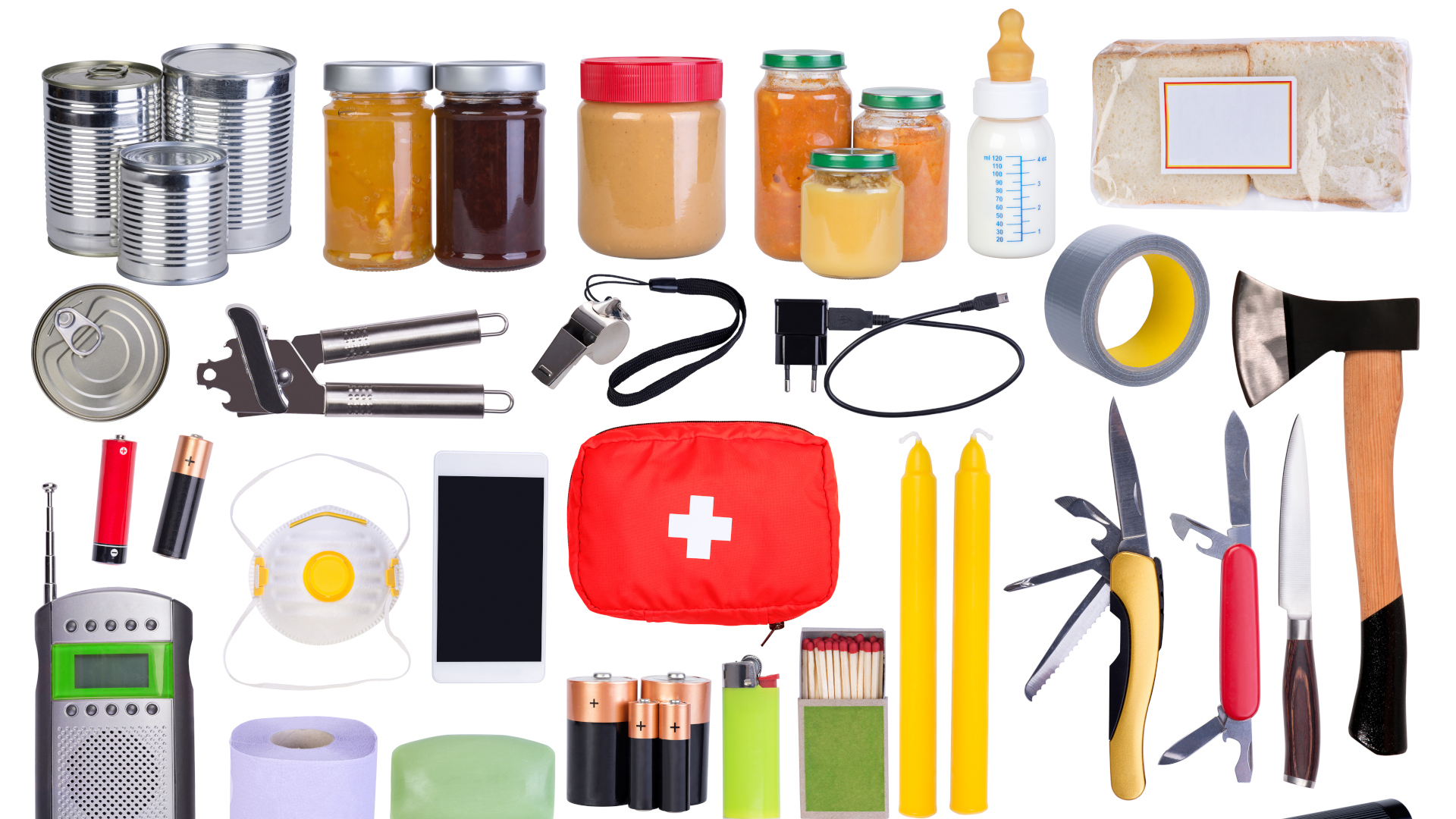
You’re probably already pretty familiar with duct tape for holding broken things together and you can probably imagine that it might come in handy camping if your camping pot handle breaks or you need to seal some food packaging, but there are loads of other great uses for duct tape that make it essential kit for camping. If you’re car camping, you can easily pack a roll to take with you, and if you’re backpacking, you can attach a roll to the outside of your backpack (it’s waterproof!) or even wrap a few strips around your water bottle or pencil to save on space. Check out these seven ways you can use duct tape for camping, from emergency repairs to blister and draft protection.
1. Patching holes
It’s a good idea to carry gear patches any time you go camping, but if you forget or run out, duct tape can serve as an adequate short term solution. Use duct tape to temporarily patch a hole in your sleeping pad, sleeping bag, tent, waterproof jacket or down jacket to keep you from losing precious warmth until you can get home and fix it properly.
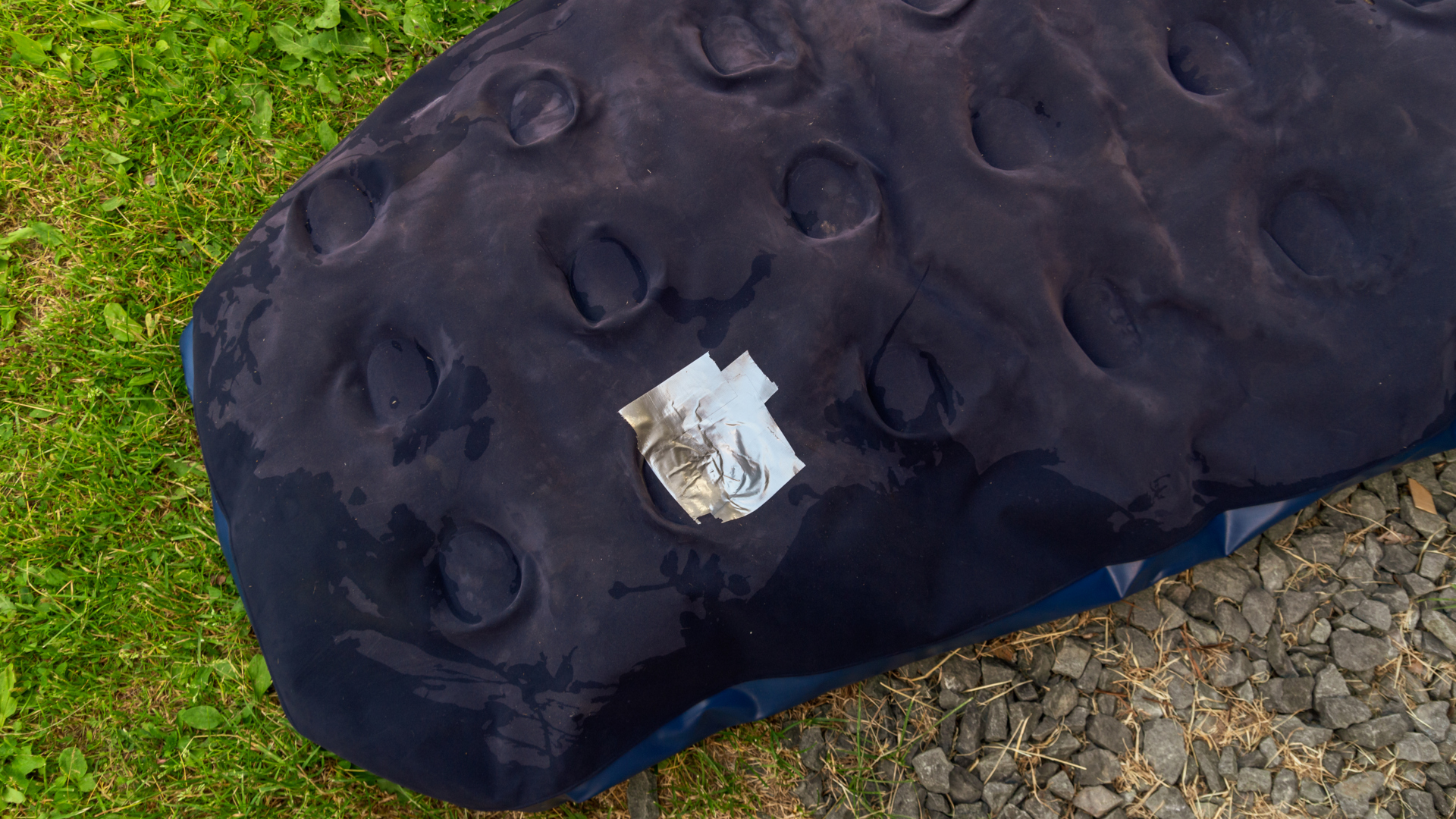
2. Reinforcing your hiking pants
If you’re doing some serious scrambling, you want to wear sturdy hiking pants to hold up against abrasive rock surfaces. If you don’t think your hiking pants are up to the challenge, just wrap some duct tape around your knees so you can focus on clambering and not worry about your clothing.
3. Sealing out drafts
Though a good tent should be great at preventing cold drafts, an older tent might let air leak in around the windows or door, while a broken zipper on your tent door would be very unfortunate indeed. Duct tape to the rescue! You can tape your door closed or tape over any drafty areas when you’re camping in cold or windy weather.
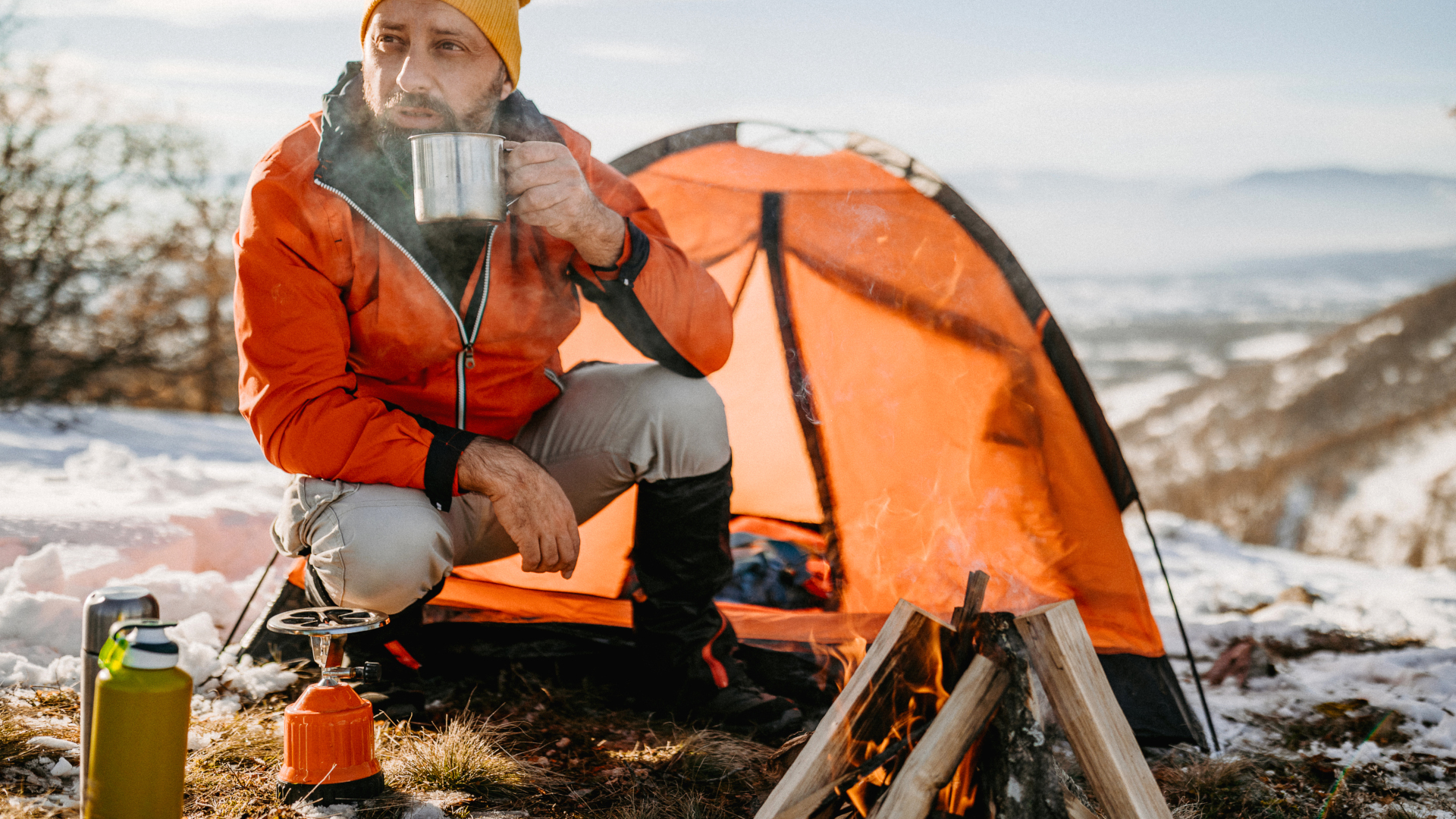
4. Blister protection
Clearly, the best defense against blisters comes from a combination of wearing liner socks for hiking, sweat-wicking hiking socks and breathable hiking boots as well as carrying proper blister pads in your first aid kit, but let’s say you’ve messed up and you’ve still got eight miles to go and you start feeling a hot spot. Covering up an area of rubbing with a little duct tape is an effective way to prevent it getting worse until you can get back to camp, plus you’ll have learned your lesson for next time. The official advice is to cover your skin with gauze or a band aid, then place duct tape over the top, rather than place the tape directly on your skin. Some hikers report going for duct tape alone in a pinch, but this can result in tearing of the skin when it's time to remove the tape and leave you worse off.
Advnture Newsletter
All the latest inspiration, tips and guides to help you plan your next Advnture!
5. Fixing tent poles
A broken tent pole definitely verges on catastrophe when you’re camping, and it’s a good reason to carry a proper tent repair kit with you, but maybe you were so excited to be at one with nature than in your haste, you forgot. You can temporarily bind the pole with duct tape to get you through your camping trip, just make sure you order a replacement pole or take your tent into the gear store as soon as you get home.
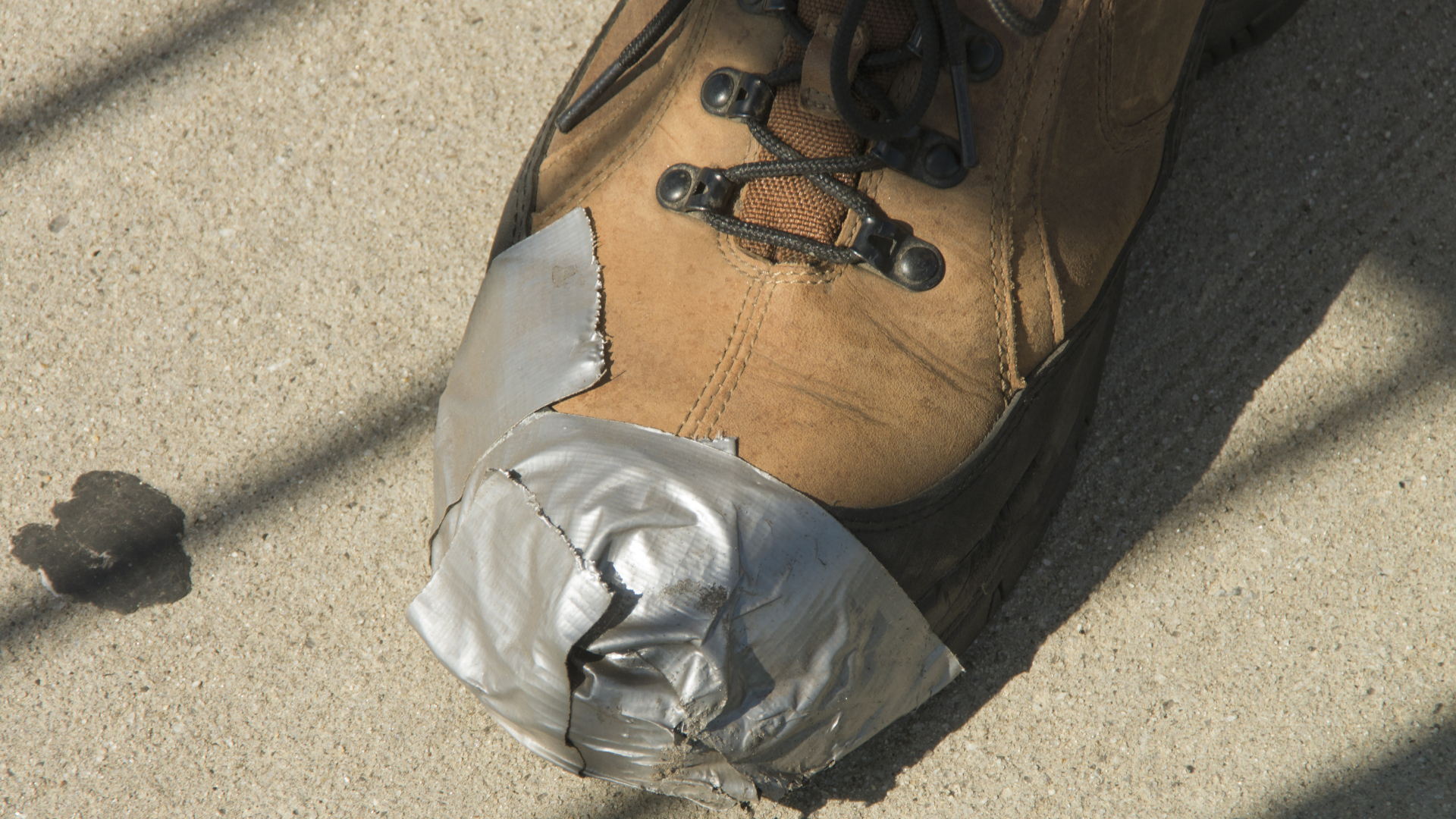
6. Waterproofing your shoes
Wrapping your entire hiking shoe in duct tape would be a little problematic and it’s definitely worth investing in waterproof hiking shoes or gaiters for wet walks, but if there’s a small area that’s letting a lot of moisture seep in – usually around the toes and mesh areas – you can temporarily cover it with duct tape and keep your hiking socks dry.
7. Insulating your camping mug
Now the best camping mugs keep your beverage hot and your hands from being scorched, but perhaps you just love the look and durability of those old school stainless steel camping mugs. They’re great, we admit it, but they can be hard to hold when they’re filled with piping hot liquid, and on a cold night your brew might lose heat faster than you’d like. Wrap yours in duct tape and it will be easier to hold, and even provide a little insulating power for your drink too. Plus no other camper will accidentally grab your mug thinking it’s theirs.
- Best one-person tents: solo shelters for lightweight camping and backpacking
Julia Clarke is a staff writer for Advnture.com and the author of the book Restorative Yoga for Beginners. She loves to explore mountains on foot, bike, skis and belay and then recover on the the yoga mat. Julia graduated with a degree in journalism in 2004 and spent eight years working as a radio presenter in Kansas City, Vermont, Boston and New York City before discovering the joys of the Rocky Mountains. She then detoured west to Colorado and enjoyed 11 years teaching yoga in Vail before returning to her hometown of Glasgow, Scotland in 2020 to focus on family and writing.

